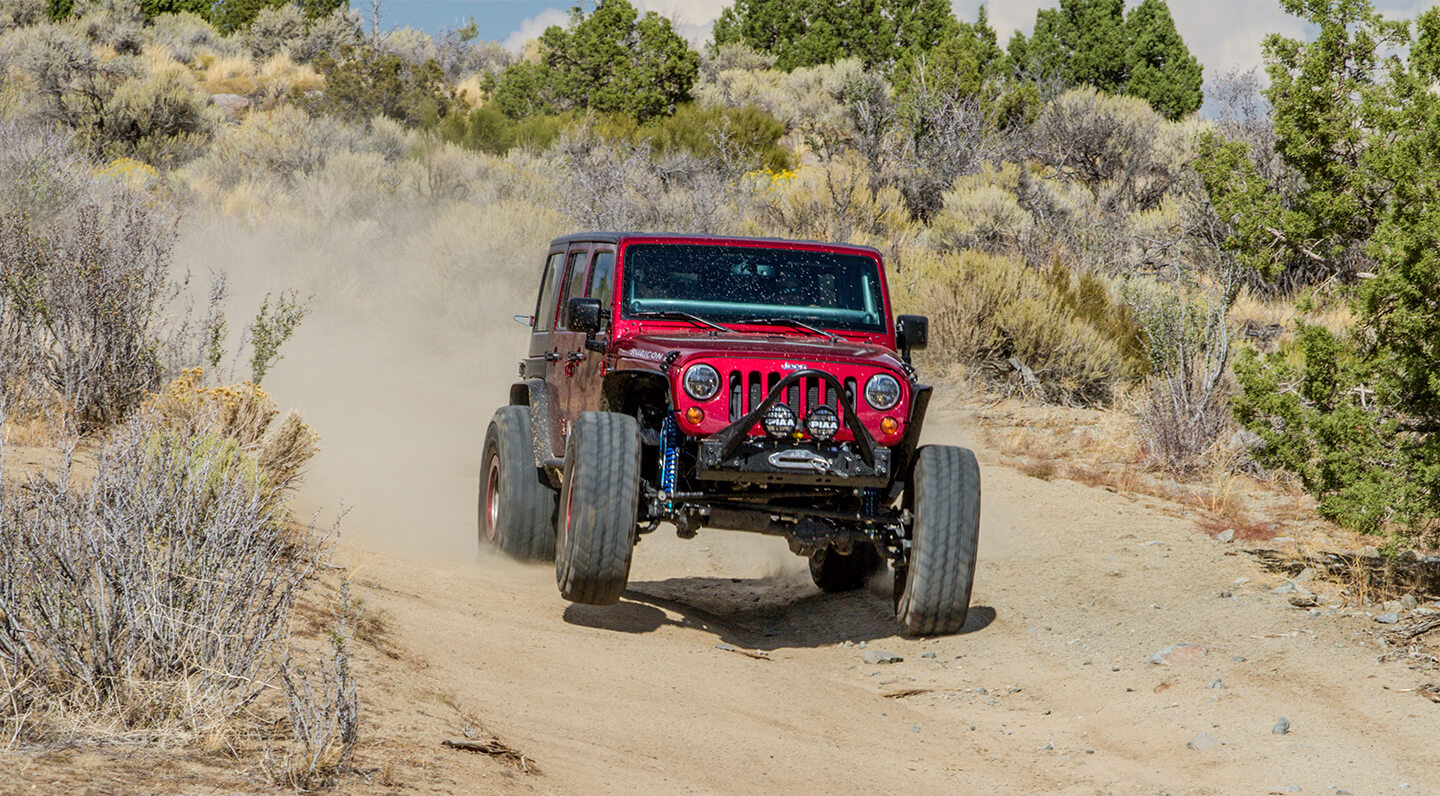
Photography by Harry Wagner and courtesy of the manufacturers
When you shop for a new suspension, your primary considerations are likely how much lift it provides and how big of a tire you can fit. But what about the ride quality? Shock absorbers damp the effects of dips and bumps in the road while you’re driving. Shocks can make or break a suspension, quite literally. You maybe have noticed some suspension kits that come with different shock options and wondered how they differ. Well, we are here to lay out everything you ever wanted to know about shocks.
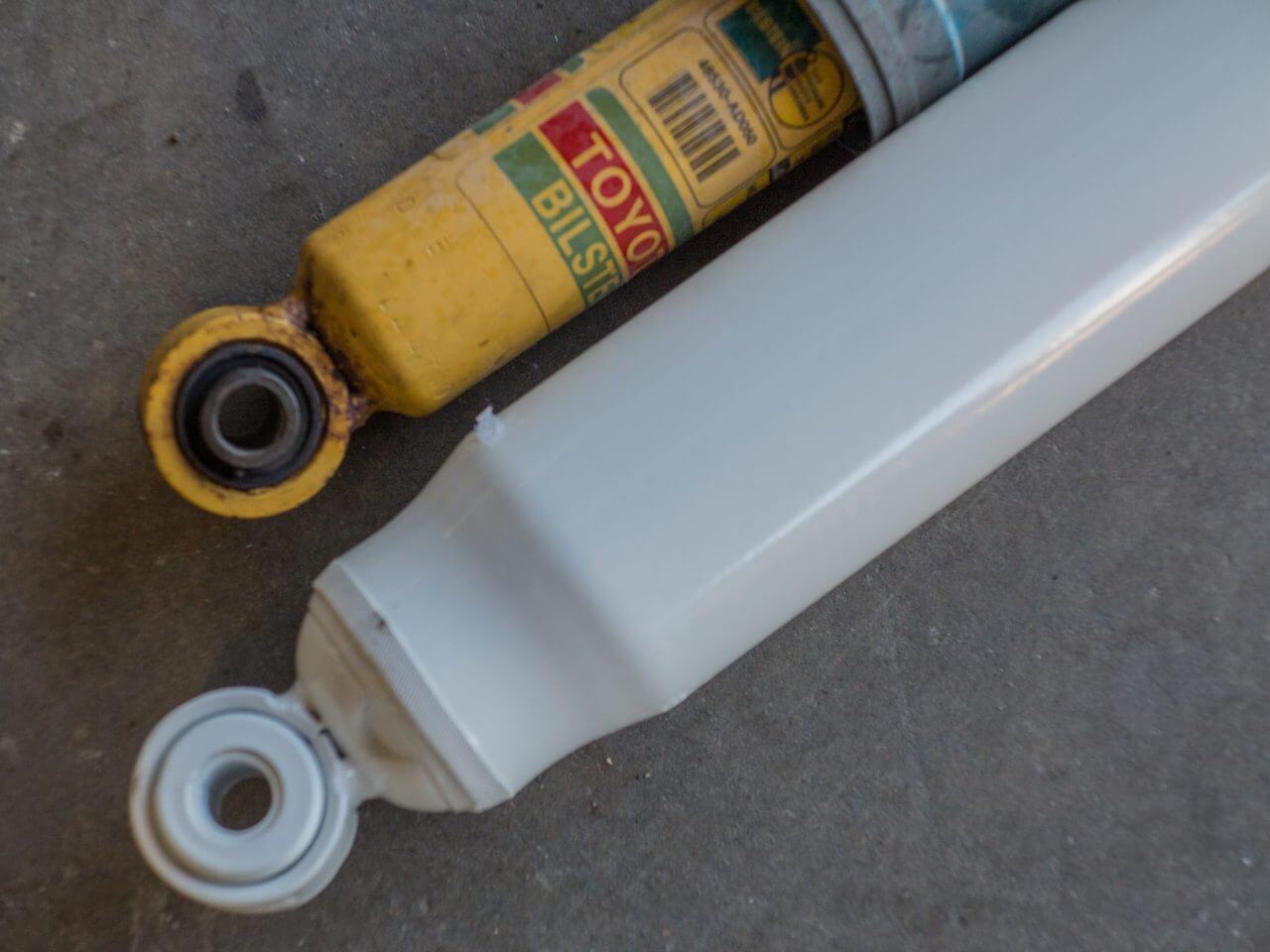
A monotube shock isn’t always better than a twin tube shock, but bigger is nearly always better when it comes to shocks. These Pro Comp ES9000 shocks use a twin tube design and ten stage velocity sensitive valving. The large shock body provides plenty of fluid volume and they will still function even if they happen to get dented on the trail.
Twin Tube Shocks
A twin-tube shock or strut has two cylinders. The inner cylinder where the piston and shaft move up and down and the outer cylinder serves as a reservoir for hydraulic fluid. When the shock is under pressure, fluid flows between the chambers to damp the ride. The valves in the piston control most of the damping. A gas shock usually refers to a twin-tube shock with nitrogen added to lessen aeration and fading. Twin tube shocks are typically the most economical option, and unlike a monotube shock they can still function if the shock body becomes dented. Due to the small inner cylinder they are also the quickest to fade when used for prolonged periods over washboard or other rough roads.
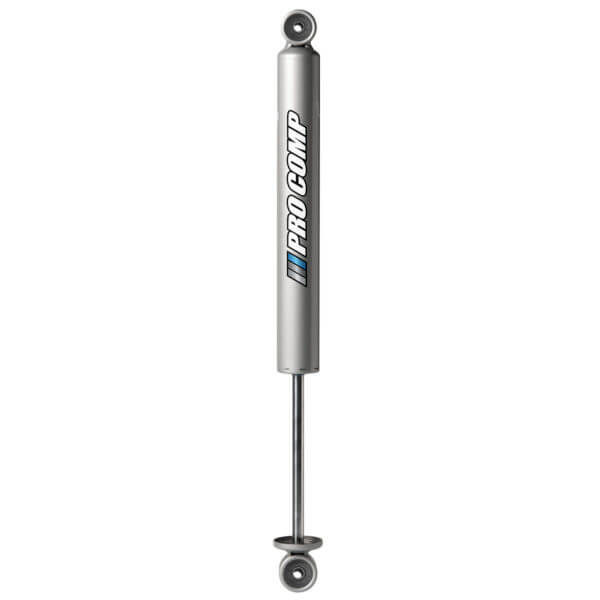
Pro Comp’s Pro-M monotube Shocks are designed specifically for late model trucks, Jeeps and SUVs. The vehicle specific ride tuning was derived after extensive dyno and real-world testing. The result is multi-stage valving that optimizes ride quality and handling characteristics for your specific application. The monotube shock body is nitrogen gas charged to eliminate performance-robbing cavitation, drastically reducing shock fade.
Monotube Shocks
Monotube shocks use one chamber that contains both the hydraulic fluid and gas (typically nitrogen) and they are separated by a dividing piston. Monotube shocks have a bigger internal volume, meaning the shock piston is bigger and they hold more oil. On more aggressive movement the floating piston is pushed further into the gas chamber which increases gas pressure quickly and provides additional damping force. The bad part is that if you dent the shock body on a monotube shock it cannot function anymore since the piston will not be able to move within the housing. They are also more expensive than a twin-tube shock.
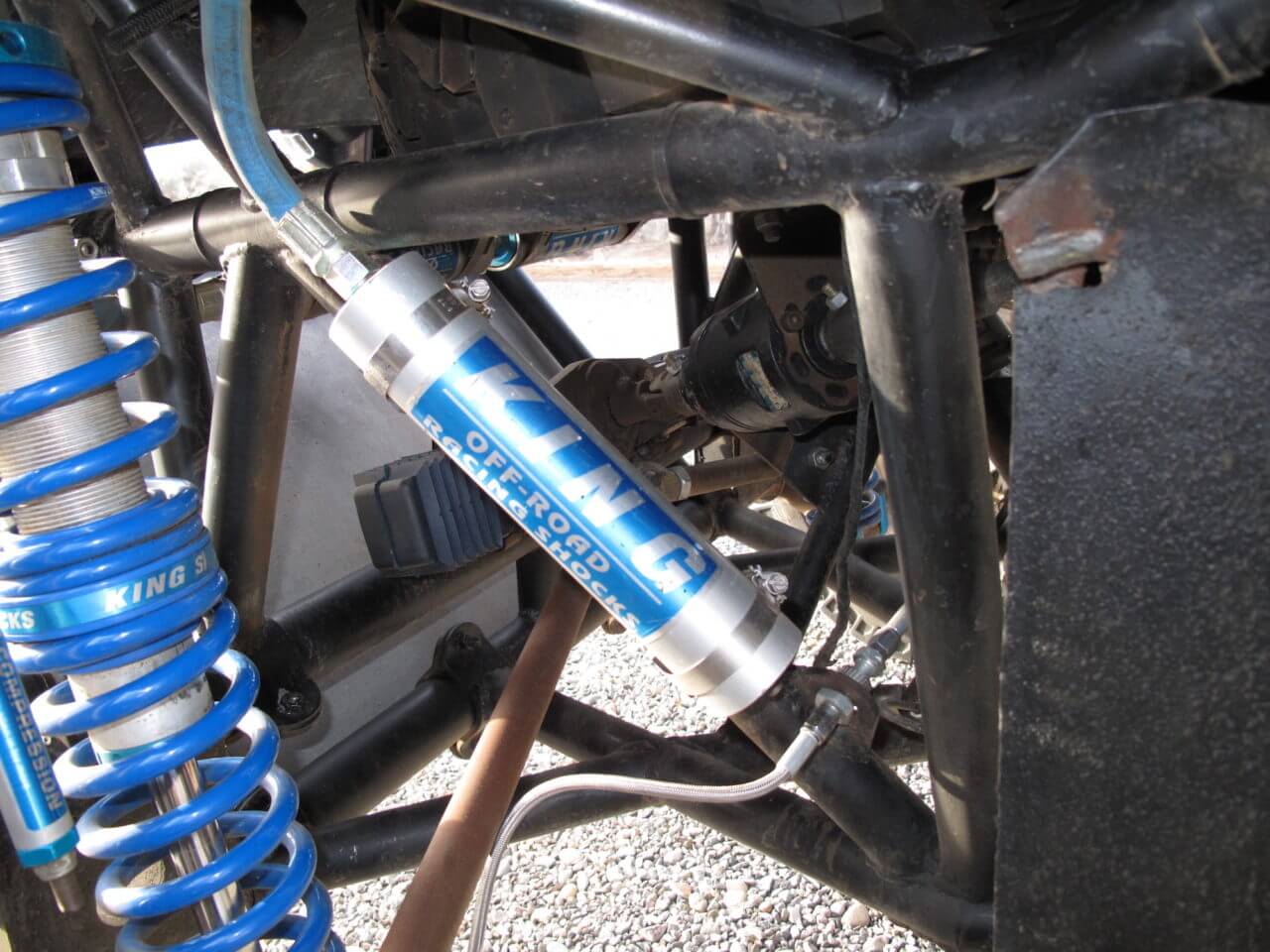
One of the biggest issues with shocks used off-road is aeration and fading. These two terms are related, but not the same. Aeration is a type of shock fade, but any shock can fade (meaning the damping properties diminish) as it heats up with repeated high-speed use. Aeration happens in a twin tube shock when the oil and gas mix, leading the oil to be less effective and causing it to travel past the shock piston with little to no resistance.
Remote Reservoir Shocks
A remote reservoir monotube shock moves the floating piston to the reservoir, allowing for more travel from the same length shock and also improving heat dissipation. A larger shock body allows for increased fluid volume, which does a better job of resisting heat build up in spirited driving. The larger shock piston also allows for more precise valving, and high-end shocks have the ability to be disassembled and custom valved to your specifications. They can also be rebuilt when they wear out instead of just being replaced. As the old saying goes, “Speed costs money, how fast do you want to go?”
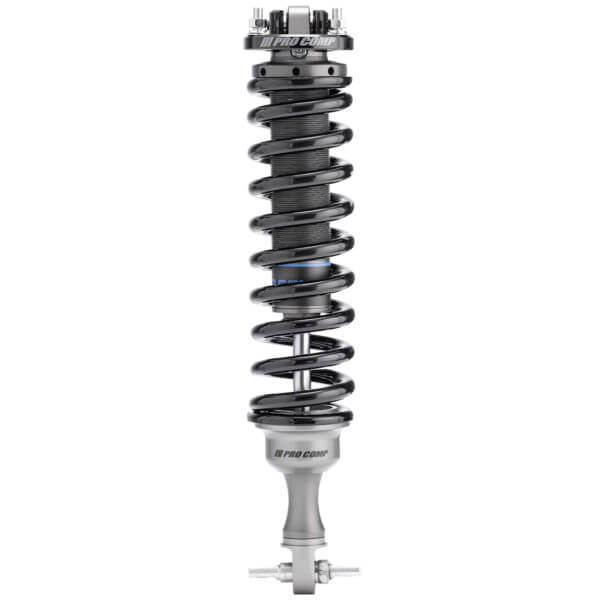
The new Pro Comp 2.5-inch Pro Series VST coilovers use a hard-anodized thick wall aluminum forging that eliminates the rust that can occur with steel bodies. The Vehicle Specific Tuning (VST) is matched to each specific application to maximize ride quality on and off the road. The shock has a huge 3/4-inch stainless steel chrome plated shaft 3/4-inch diameter to resist deflection.
Coilover Shocks
Coilover shocks are common upgrades for the front struts on independent front suspension (IFS) vehicles like Toyota Tacomas and they can be retrofit on to solid axles in place of separate shock and spring combinations as well. Coilover shocks allow you to adjust the height and preload, and make it easy to add coils with custom spring rates to fit your specific needs. Generally lower spring rates provide a smooth ride and are good for rockcrawling while higher spring rates are necessary as speeds increase to maintain control and prevent the suspension from bottoming out. The valving in the shocks themselves can also be customized and the shocks can be rebuilt. This trait is true of most 2.5-inch diameter and larger shocks regardless of whether they are coilovers, smooth body shocks, or bypass shocks.
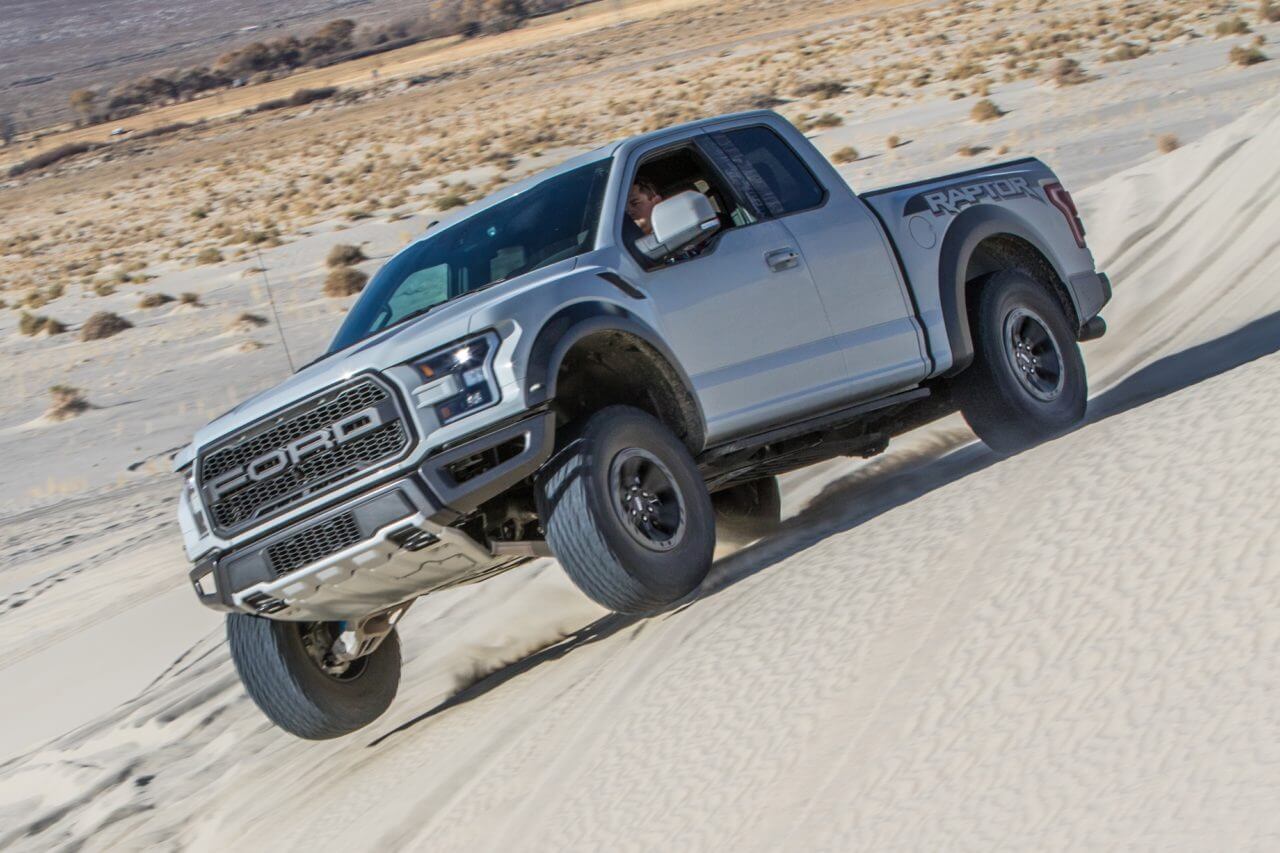
The Ford Raptor comes with arguably the most advanced shocks for an OEM application. The Fox internal bypass shocks are both velocity and position sensitive and new Raptors use Live Valve technology to adjust the compression damping instantaneously. If you have a Raptor, Ram TRX, or Chevy Colorado ZR2 and you want to lift it, ensure that you retain the excellent factory shocks.
Bypass Shocks
Up to this point all of the shocks we have been discussing are velocity sensitive, meaning that the faster you try to force oil past the piston the more resistance there is. In addition to being velocity sensitive, a bypass shock is also position sensitive. Typically, a bypass shock is used on conjunction with a coilover, coil, or leaf spring, but internal bypass shocks such as the Fox shocks used on the Ford Raptor and Jeep Gladiator Mojave are gaining popularity. External bypass shocks have tubes that allow oil to flow around the main shock piston. The position and orientation of these tubes determine where they engage for either rebound or compression. Each tube contains a check valve only allowing oil to flow in one direction. This creates different zones in the shock that can be tuned for different stiffness, allowing a soft, smooth ride over small bumps while preventing the suspension from bottoming out during larger events.
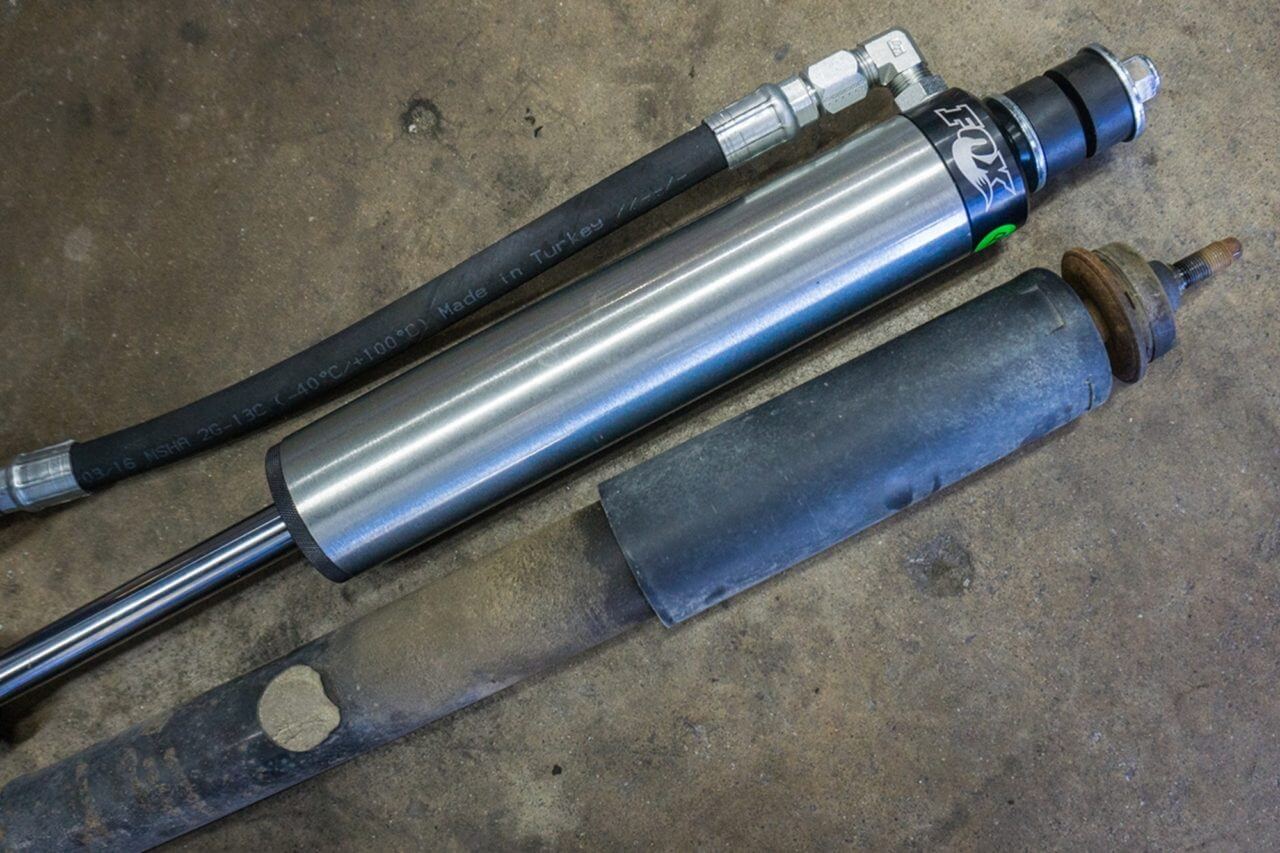
In addition to being the appropriate length, a shock also needs to have the correct mounting at each end to fit your application. Most shocks use an eye with a rubber bushing in it and a bolt through the shock. Some vehicles, like Jeep Wrangler TJs and Cherokee XJs, use a stud on the top of the shock. Conversions are available to run a shock with an eye at both ends to provide more shock options.
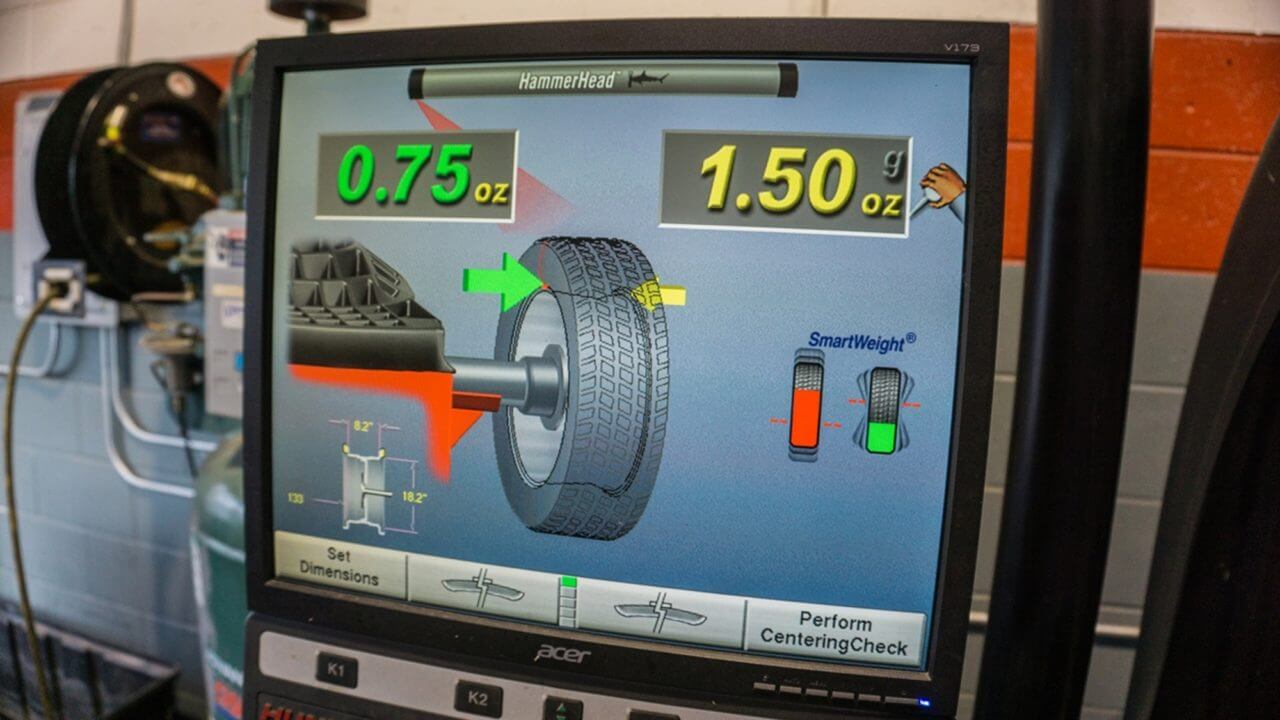
If you add new struts, new springs, or a leveling kit to the front of your IFS vehicle you should budget to have an alignment performed at the same time. The excitement of a new lift kit wears off quickly when your tires wear out prematurely. If you are just adding new shocks to the front or rear of a solid axle vehicle, an alignment is less of a concern.
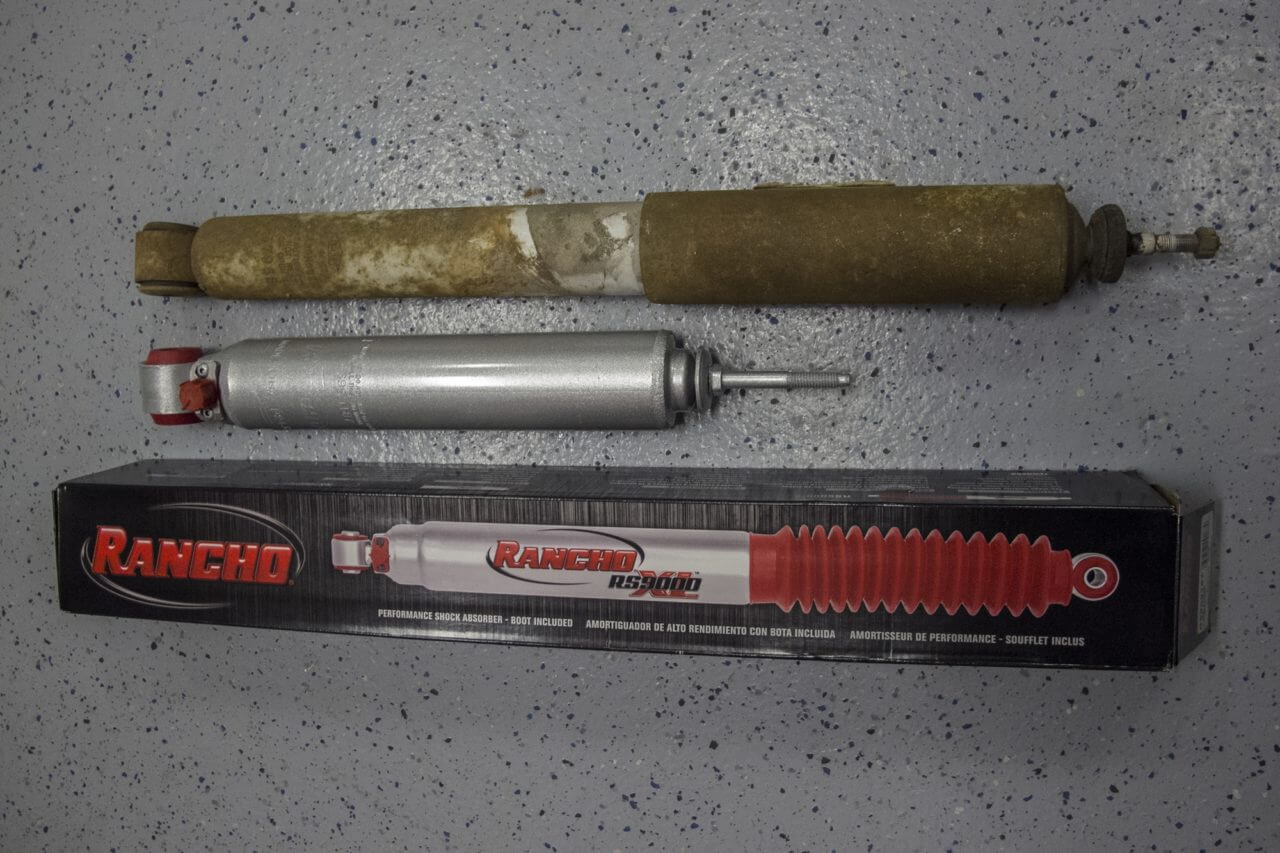
Shocks are a wear item, just like tires and brakes. When they wear out it is an opportunity to upgrade from a twin tube shock to a monotube shock, or even a remote reservoir shock. Which shock you choose will depend on how you use your vehicle and what your budget is.
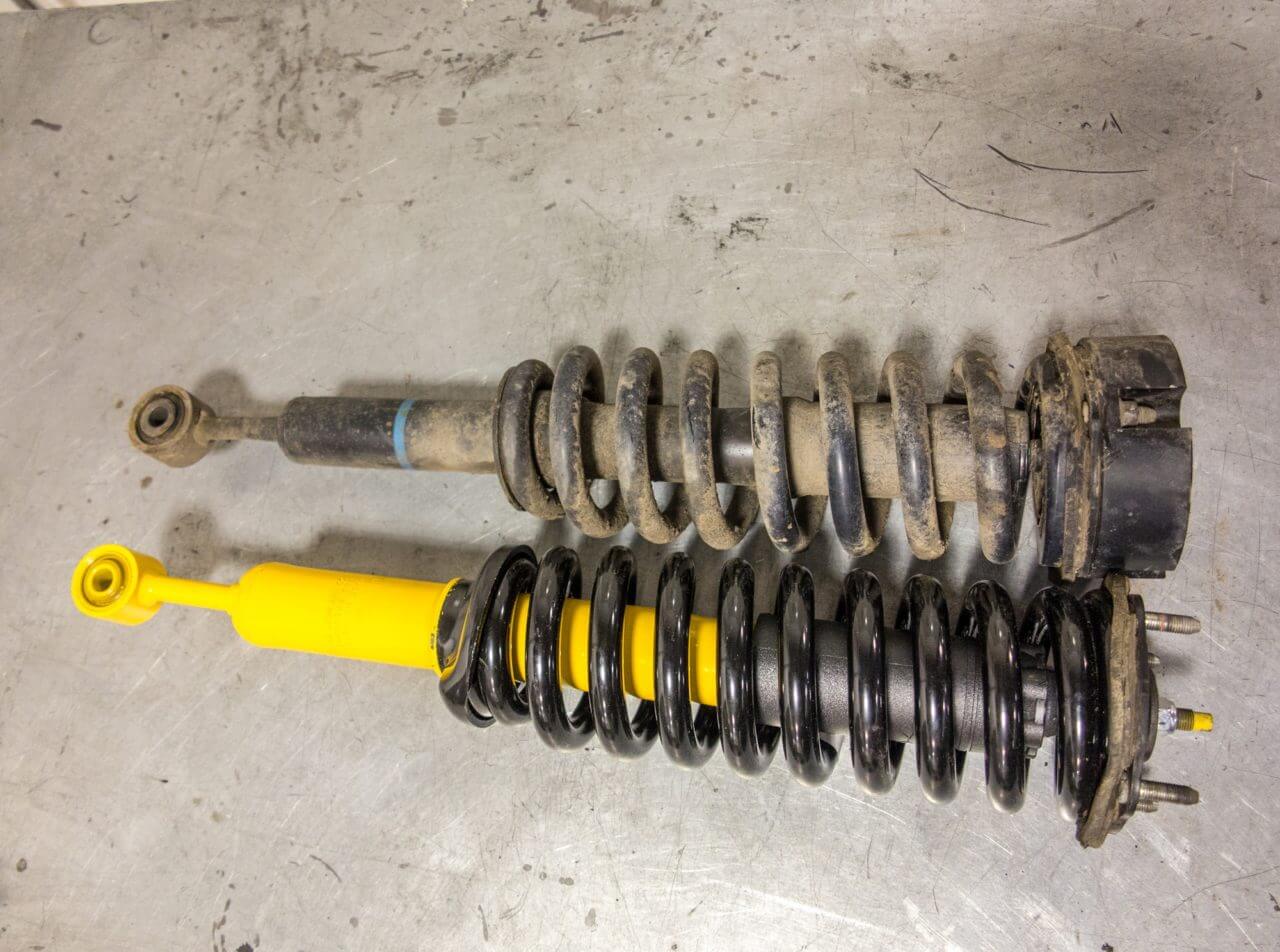
Note how the overall length of the factory strut and spacer is the same as the new Old Man Emu strut. This accounts for the 2-inch lift over factory height. The OME strut uses a longer coil though, which provides additional wheel travel without any binding.



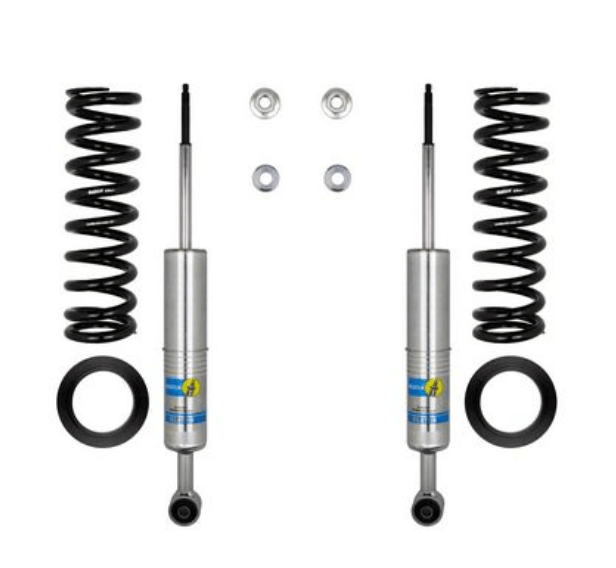
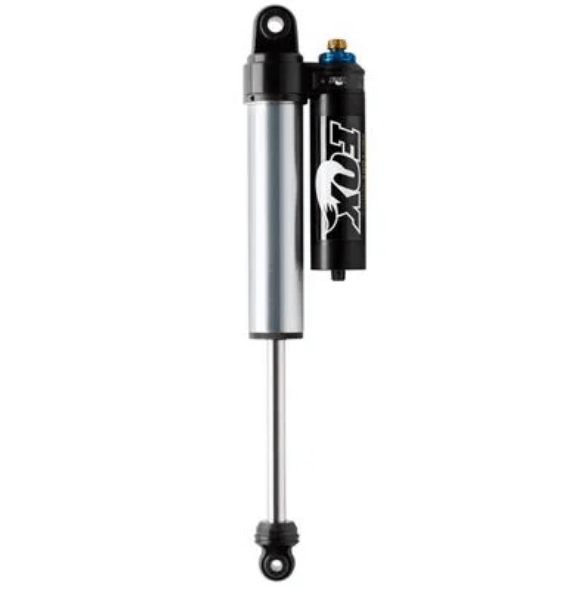
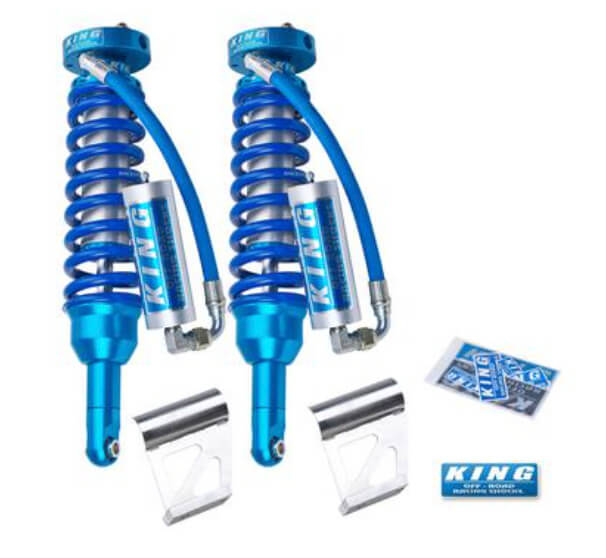
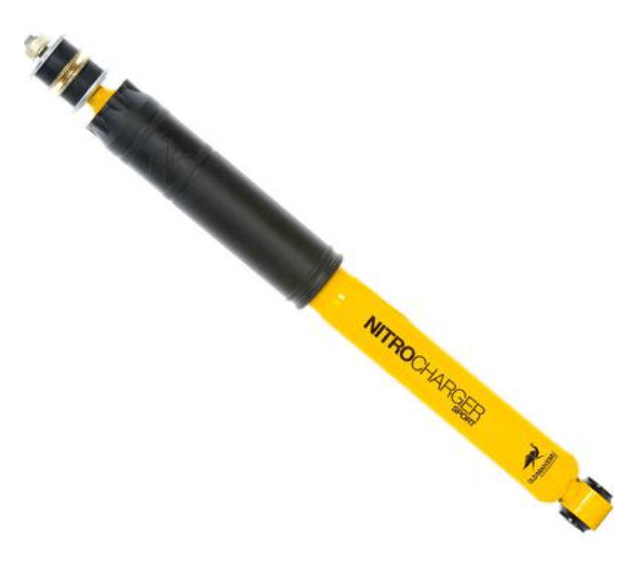
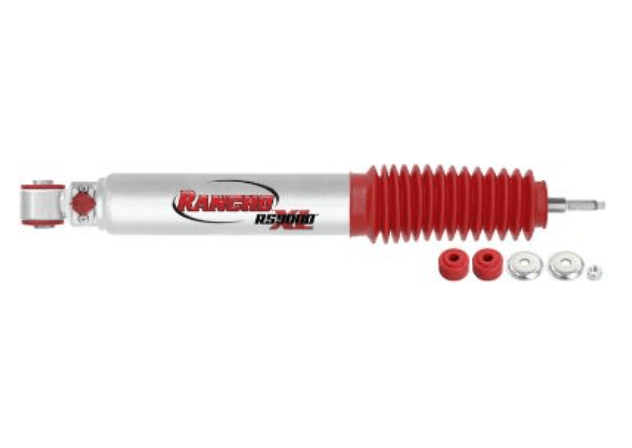
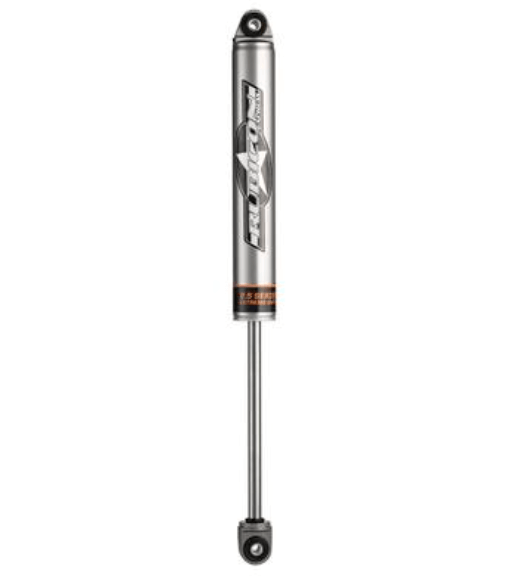
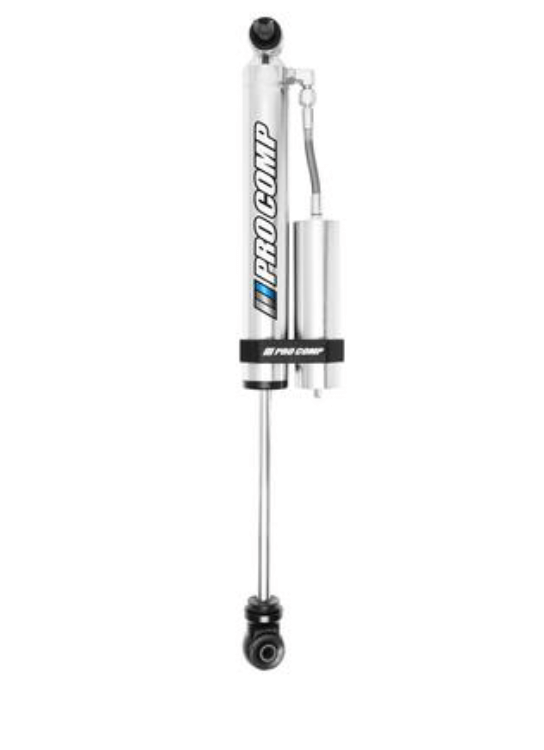
2